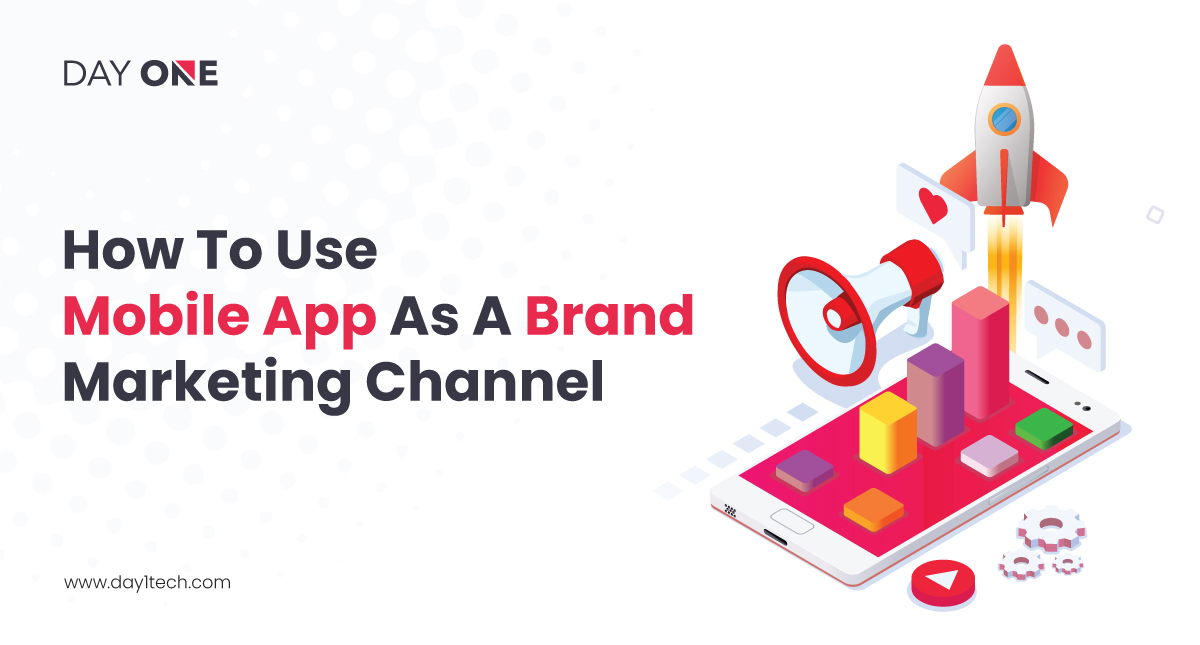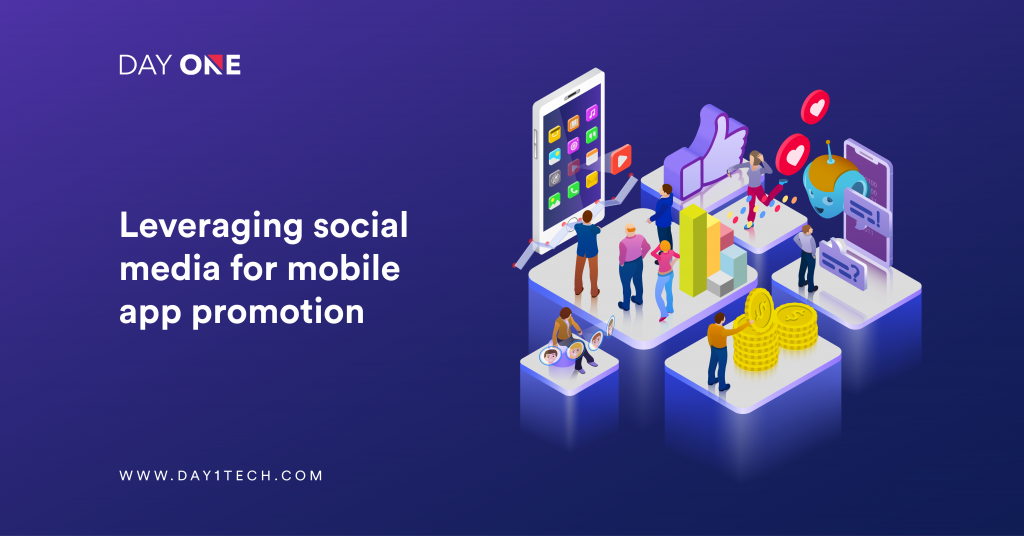How good is your App Store Optimization Strategy?
admin
Digital Marketing
June 1, 2021
5 min read

Standing at the crossroads of a mobile-first generation, there’s little left to the imagination as to the potential of mobile apps. This is the era of the mobile app revolution with apps being the real game-changer for businesses. With 178.1 billion mobile app downloads in 2017 (Statista), what businesses need is a well-defined mobile app store optimization strategy to avoid obscurity among the exponentially growing competition.
What is App Store Optimization (ASO)?
App Store Optimization (ASO) in essence is the strategy followed by developers and marketers to improve their app’s visibility (search), ranking, and download on the app store. Conceptually, it bears certain similarities with website SEO concepts and strategies and hence is often alternatively referred to as the SEO for mobile apps.
ASO Strategy: Tips to improve Android and iOS app installsComprehension of ASO is still at its elementary stage. While several mobile app development companies can build impeccable apps, very few can guide marketers in formulating an ASO strategy for improving installations.
Unfortunately, the exact algorithm used by Google and Apple for ranking apps is not known for surety. However, with minor variations, these app optimization strategies can be trusted to get the desired results.
App Name:
Well, Shakespeare might have said “What’s in a name?” but when it comes to visibility, search, and ranking in an App Store – it can translate to everything! Consider the following when naming your app:
– Select a name that is simple, catchy, and easy to remember
– Avoid long names and complicated spellings
– The name should be unique, but also convey your business’s core offering
– Check if other apps have a similar name (whether in the same or different category) and avoid it.
Keywords in Title:
At this stage, be mindful that your app title should contain the primary keyword. Thorough keyword research will help you identify the right selection of keywords to add here. The trick is to maintain moderation.
While adding required keywords to the title will help in improving search and visibility, and also provide clarity on the app’s offering, there’s the risk of spamming.
Quick Tip:
– You can elaborate the title in the local language for localizing the app title
– You can also use emojis in your title
– Do not use names of celebrities, trademarks, or copyrights in your title
– Currently, the character limit for titles is restricted to 30 for the App App Store and 50 for Google Play
Subtitle (for iOS) & Short Description (for Google Play):
When it comes to optimizing mobile apps for Apple App Store the ‘subtitle’ (introduced with iOS 11) can be of great help. The 30-character subtitle can be used to introduce secondary keywords and provide additional details about the product features, functionality, and purpose of the app.
A similar role is performed by the ‘short description’ when it comes to optimizing Android apps for Google Play. It comes with an 80-character limit and is the most authentic way to talk about the best elements of your app/game.
Quick Tip:
– The subtitle can significantly alleviate search, engagement, and installations. Avoid using keywords already used in the app title.
– The words used get indexed and benefit search. So make the best use of it.
App Description:
If you are familiar with white hat SEO techniques for on-page optimization, then you already know that trying to outsmart the Google algorithm through keyword stuffing, will be of little help. The same can be said of mobile app SEO rules as well.
A compact, informative, well-structured app description, with intelligent use of keywords, will help your app to stand out from the crowd. Though for iOS using keywords in the description will not be of much help, it’s not something that one should discard completely. There are already thousands of apps competing for user attention and interest – so keep your description creative, targeted and readable.
Quick Tip:
– In iOS, users will initially get to see a preview, unless they choose to expand and read more. The initial two-three sentences are your small window of opportunity to improve engagement with the audience.
– In Google Play the description section works like metadata.
– This is the section where you get to boast about your app if it has won an award or accolade.
– The description can also come with your social media links.
App Store Keyword research:
In order to get discovered, you will first need to identify the right keywords that will convey your app’s message to its audience. Include these simple yet effective strategies to get started:
– Identify your target audience
– Think about your product, the service it provides, and its value addition for users
– Explore keywords being used by competitors
– Brainstorm keywords, analyze and prioritize them
– Use an ASO tool for keyword suggestions
When brainstorming and selecting keywords, it’s imperative to filter keywords that resonate with the ethos of your app. At this stage, it might even be helpful to use an ASO tool for keyword research (e. TheTool) to analyze the potential of the keywords (in terms of search volume and difficulty level).
Quick Tip:
– If your app has already been released, consider evaluating the performance of the keywords. This will help you separate the better-performing keywords from the poor ones.
– Consider using long-tail keywords as well. This will not only help to outrank the competition but also cater to users with niche requirements.
When it comes to search and visibility, this simple yet significant detailing is what paves the path. But that’s not the end goal of an app, right? It needs downloads and subscriptions as well. And that’s when design, branding, and functionality comes into the picture.
App Icon:
If you have an established business then using your brand’s logo as the app icon comes with its own advantage. However, if you need to get a new App icon designed, think of functionality, colors, and scalability. Familiarizing yourself with the top-rated apps and/or competitor apps will also prove beneficial. Simple and eye-catching designs are easy to remember, encouraging engagement and downloads.
Screenshots:
Screenshots are the next most impressive element that acts as visual unique propositions. Ideally, screenshots should demonstrate your apps strongest message. A clear image and a short caption will sufficiently do the trick.
Quick Tip:
– Screenshots should ideally be vertical
– Screenshots can also be used to talk about an accolade/award
– iOS users can also use a 30 seconds preview video, that is muted but play automatically
App Ratings and Reviews:
While the temptation to seek reviews might be strong, restrain yourself from asking for it at the drop of a hat. AI in mobile apps can track user interaction and sentiments, and recommend the right time for seeking reviews.
Quick Tip:
– Most people do not provide reviews, only rate the app. So, prompt only when the sentiment is positive. Eg. after a purchase
– With iOS requesting reviews is limited – so be thorough of the timing
– Reply to all reviews, both positive and negative ones (sometimes the negative reviews tell you precisely what’s working and what’s not)
Optimizing app store listing is not a one-time activity. Whether you are building the app in-house or outsourcing it to a mobile app development company, staying up-to-date on trends and updates, and adhering to the basic rules can be the distinguishing factor for your brand. So don’t ignore it.
Explore More Blogs
Testimonials What customers have to talk about us
Finch (previously Trio) – Growth with Investing, with benefits of Checking
Reading Time: < 1 minThe Finch (previously Trio), one of our clients today has reached this level with our expertise and with a great team of developers in Day One, who have made every stone unturned in making this project a big success.
Neel Ganu Founder
USA
Vere360 – VR based Immersive Learning
Reading Time: < 1 minDay One helped Vere360 “fill skill gaps” and build a platform that would cater to their niche and diverse audience while seamlessly integrate the best of #AI and #VR technology.
Ms. Adila Sayyed Co-Founder
Singapore
1TAM – Video Blogging Reimagined
Reading Time: < 1 min‘1TAM’ was only for iOS with gesture-based controls, advanced video compression techniques, and a simple architecture that allowed actions to be completed in 2-3 taps. The real challenge for ‘1TAM’ was to keep it distinct which bought brilliant results with all the strategies and approaches implied for best video compression techniques.
Anwar Nusseibeh Founder
UAE
Fit For Work – The Science of Workplace Ergonomics
Reading Time: < 1 minDay One Technologies came with the expertise that was required and helped in building a platform that is edgy, functional, and smart, delivering engagement and conversions at every step.
Ms. Georgina Hannigan Founder
Singapore
SOS Method Meditation for ‘Busy Minds’
Reading Time: < 1 minDay One Technologies helped in building an innovative mobile app (for #iOS and #Android) that’s easy-to-use, engaging, and data-driven to help users reap the most at every point.





